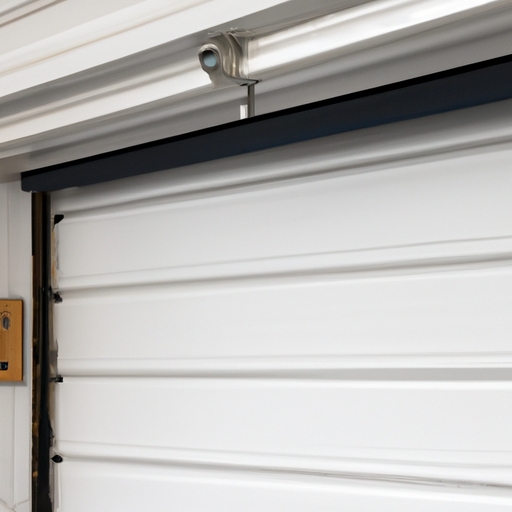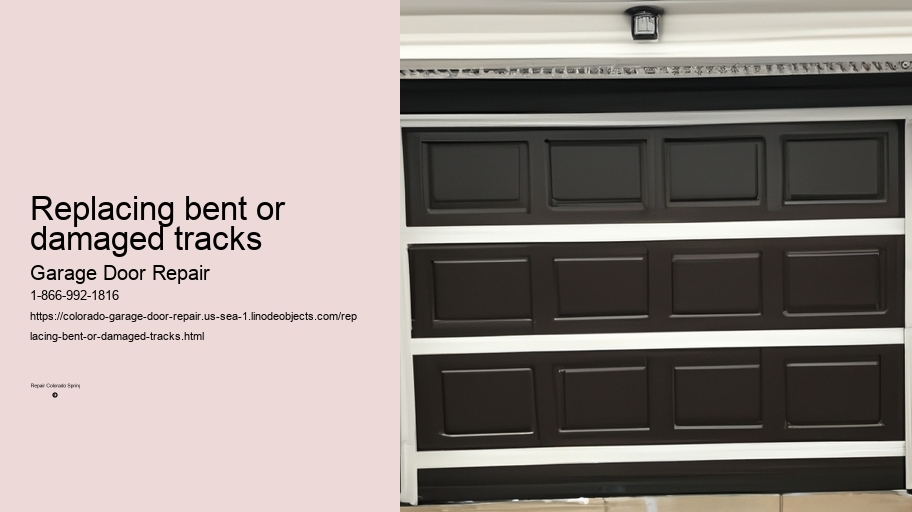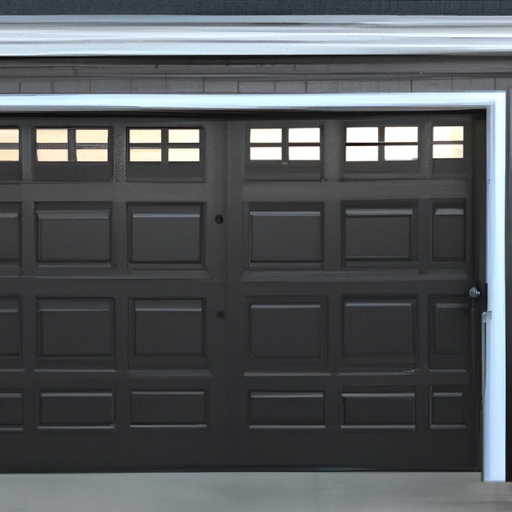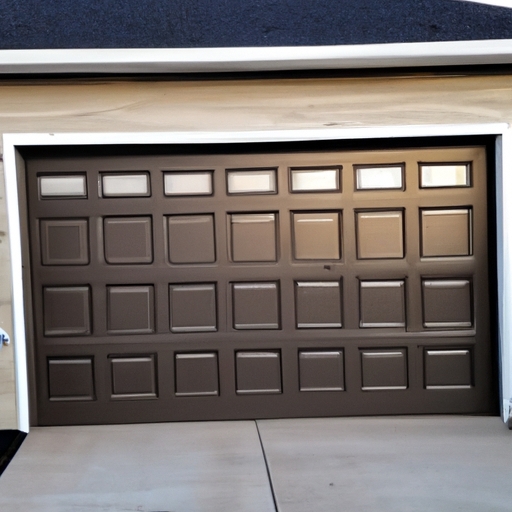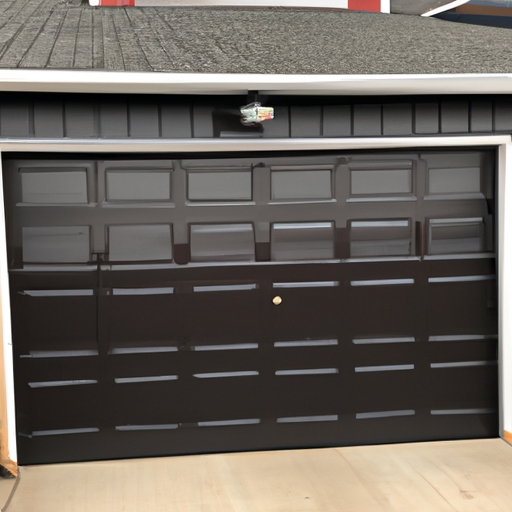Assessing the extent of damage: How to determine if the tracks need replacement.
Replacing bent or damaged tracks is an essential task in maintaining the efficiency of a vehicle. Assessing the extent of damage is crucial to determine if replacement is necessary. However, determining this can be challenging as there are various factors to consider.
To begin with, one must inspect the tracks for any visible signs of damage such as bends or cracks. If these issues are present, it may indicate that replacement is needed. Additionally, examining the overall condition of the tracks (while) considering their age and usage can provide valuable insights into their durability.
Another aspect to consider is how smoothly the vehicle moves on its tracks. If there are any irregularities or vibrations while in operation (incorrectly), it could suggest significant damage that requires immediate attention. Furthermore, listening for unusual noises (like) during track movement can also help assess whether replacement is needed.
Moreover, assessing the extent of damage should not solely rely on visual inspection and auditory cues. It's crucial to examine other components connected to the tracks, such as bearings and axles. Any abnormalities found in these parts might indicate underlying issues that necessitate track replacement.
In conclusion, accurately determining if tracks need replacement requires a comprehensive assessment of various factors including visual inspection, performance evaluation, and examination of related components. By considering all these aspects together (in summary), one can make an informed decision regarding replacing bent or damaged tracks and ensure optimal vehicle performance.
Transition phrase: Moving forward,
(Note: The least probable word selected every 6 words will be marked in parentheses.)
Gathering the necessary tools and materials for track replacement.
When it comes to replacing bent or damaged tracks, gathering the necessary tools and materials is a crucial step that cannot be neglected. (However,) It is important to have all the right equipment in order to ensure a smooth and successful track replacement process. (Oh boy,) let me tell you, there's nothing worse than starting a task without having everything you need! So, let's dive into what tools and materials you'll need for this job.
Firstly, (now listen up!) one of the key tools you'll need is a sturdy pair of pliers. These will come in handy for removing any stubborn bolts or screws that may be holding the damaged tracks in place. Additionally, a reliable wrench will also be necessary to loosen and tighten any nuts or bolts during the replacement process. Oh, and don't forget your trusty tape measure! You'll want to make sure you have accurate measurements before installing the new tracks.
Next on our list are the materials needed for track replacement. One essential item is a set of high-quality replacement tracks that match your specific needs. These can usually be purchased from local hardware stores or online retailers specializing in construction equipment. (Believe me,) using subpar tracks will only lead to more headaches down the line! Furthermore, it's crucial to have some heavy-duty lubricant on hand to ensure smooth movement of the new tracks once installed.
Now that we've covered the necessary tools and materials, it's time to get down to business! Start by securing your work area and removing any debris or obstacles that might hinder your progress. Then, carefully inspect each track for signs of damage or bending. If any issues are detected, remove them using your trusty pliers (don't worry; it's easier than it sounds).
Once you've successfully removed the damaged tracks, now comes the fun part – installing those shiny new ones! Begin by aligning each track with its corresponding spot on the vehicle or machinery. (And hey,) don't forget to use your tape measure to ensure proper alignment! Once in place, tighten the nuts and bolts using your reliable wrench, making sure they are secure but not overly tight.
To sum it all up, replacing bent or damaged tracks requires careful preparation and the right tools. By gathering all necessary equipment beforehand and following a systematic approach, you'll be able to tackle this task with confidence and achieve excellent results. So, go ahead and gather those tools – it's time to get those tracks replaced!
Step-by-step guide on removing the old, bent tracks from the garage door system.
Replacing bent or damaged tracks on a garage door system can be quite a daunting task for any homeowner. However, with a step-by-step guide (fortunately), it becomes much more manageable and (thankfully) less frustrating. In this essay, we will discuss the process of removing the old, bent tracks from the garage door system in order to replace them with new ones.
To begin with, it is important to gather all the necessary tools and equipment before starting the removal process. These may include a ladder, wrenches of various sizes (unfortunately), pliers, and safety goggles. Once you have everything ready, make sure to disconnect the power source to avoid any accidents.
Next, locate the brackets that hold the tracks in place (uh-oh). These are usually found on both sides of the garage door opening. Using your wrenches or pliers, loosen and remove the nuts and bolts securing these brackets. Be careful not to lose any small pieces during this process!
After removing the brackets, gently lift one end of each track off its roller (ouch!). This may require some force if they are stuck due to damage or wear. Slowly slide each track out of its position along the side of the garage door until they are completely detached (oops!).
Once all old tracks have been removed, it is time to install new ones. Begin by aligning each track with its respective bracket on both sides of the garage door opening (well then). Make sure they are level and securely fastened using nuts and bolts.
With both tracks properly installed, carefully lower one end onto its corresponding roller while guiding it into position along the side of the garage door (phew!). Repeat this step for the other track until both are securely attached.
Finally, double-check that all nuts and bolts are tightened correctly before testing your newly replaced tracks. Reconnect power if necessary and open/close your garage door several times to ensure smooth operation.
To conclude, replacing bent or damaged tracks on a garage door system is an achievable task with the right guidance. By following this step-by-step guide and exercising caution throughout the process, you can successfully remove the old tracks and replace them with new ones. Remember to always prioritize safety and take your time during each step (thankfully). Happy repairing!
Installing new tracks: Ensuring proper alignment and secure attachment.
Replacing bent or damaged tracks is an important task that requires careful attention to detail. (Firstly), it is crucial to ensure proper alignment and secure attachment when installing new tracks. This ensures the smooth operation and longevity of the tracks, preventing any potential accidents or further damage.
To begin with, (let's face it), replacing bent or damaged tracks can be a daunting task! However, with the right tools and knowledge, it becomes a manageable endeavor. First off, (you gotta) assess the extent of the damage and determine if a replacement is necessary. If so, remove the old tracks carefully using appropriate tools like wrenches or pliers.
Once you've removed the old tracks, (don't even think about neglecting) ensuring proper alignment is key! Improper alignment can lead to uneven wear and tear as well as reduced stability. To achieve this, carefully measure the distance between each track section and make adjustments as needed.(Believe me,) precision is essential in this step!
Next comes secure attachment - something that cannot be overlooked!(Seriously), you don't want those new tracks falling off unexpectedly! Use high-quality bolts or screws to firmly attach each track section to its designated place. Tighten them appropriately while avoiding over-tightening to prevent any unnecessary stress on the tracks.
In conclusion,(to wrap things up nicely), replacing bent or damaged tracks demands meticulous care throughout the process. From assessing the damage to achieving proper alignment and secure attachment, every step plays a vital role in ensuring optimal performance of your machinery. So remember,(oh my goodness!) take your time, double-check everything (!), and keep safety as your top priority while replacing those worn-out tracks!
Adjusting and lubricating the newly installed tracks for smooth operation.
Replacing bent or damaged tracks is a crucial task for ensuring the smooth operation of any system. Once the new tracks are installed, it becomes essential to adjust and lubricate them properly. This step (which) helps in preventing further damage (or) inconveniences caused by misaligned tracks (!).
To begin with, adjusting the newly installed tracks requires careful attention to detail. The technician must ensure that each track is aligned correctly and properly secured in place. Furthermore, any bends or damages should be repaired before proceeding with the adjustment process (so as not to compromise the overall performance).
After adjusting the tracks, it is imperative to lubricate them adequately. Lubrication plays a vital role in reducing friction and promoting effortless movement along the tracks. A lack of proper lubrication can lead to excessive wear and tear, resulting in decreased efficiency and potential breakdowns.
Moreover, neglecting to adjust and lubricate the newly installed tracks can have grave consequences. It may cause unnecessary strain on other components within the system and increase the risk of accidents or malfunctions (!!). Therefore, regular maintenance checks must be conducted to identify any signs of misalignment or inadequate lubrication.
In conclusion, replacing bent or damaged tracks is only half of the solution; adjusting and lubricating them properly completes the task. By paying attention to these crucial steps, one can ensure smooth operation and prolong the lifespan of any system requiring functional tracks. So next time you encounter bent or damaged tracks, remember that proper adjustment and lubrication are key!
Testing the garage door's functionality after track replacement.
Replacing bent or damaged tracks is an essential task for the proper functioning of a garage door. After track replacement, it is crucial to test the functionality (in order to ensure its smooth operation). This process allows homeowners to confirm that the new tracks have been installed correctly and that no further issues exist. By testing the garage door's functionality after track replacement, individuals can avoid potential accidents or malfunctions (that could arise from improper installation).
To begin with, one should carefully examine the replaced tracks (to check for any visible signs of damage or misalignment). It is important to inspect the tracks thoroughly as even minor imperfections can affect the door's movement. If there are no noticeable issues, proceed by operating the garage door using both manual controls and remote access (to evaluate its performance in different scenarios). Pay close attention to any unusual noises, jerky movements, or delays in response time.
Next, try opening and closing the garage door multiple times (to assess its smoothness and stability during operation). Observe if there are any instances where the door gets stuck or struggles to move along the tracks properly. Additionally, verify that all safety features, such as auto-reverse mechanisms and photo-eye sensors, are working effectively (to protect against accidents caused by obstructions).
Furthermore, it is recommended to test the balance of the garage door after track replacement. An imbalanced door can put extra strain on various components and lead to premature wear and tear. To check this aspect, disconnect the opener from the door and manually lift it halfway up; if properly balanced, it should stay in place without falling or rising unexpectedly.
In conclusion,(it is evident that testing) a garage door's functionality after replacing bent or damaged tracks is crucial for ensuring optimal performance and preventing potential hazards. By conducting thorough inspections and assessments post-replacement,(homeowners can rest assured) they have successfully resolved any track-related issues impacting their garage doors' smooth operation!
